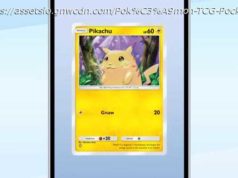A DZone Core member gives a tutorial on how to use JMS integration patterns in Mulesoft applications and how to avoid common errors in the process.
Join the DZone community and get the full member experience. JMS (Java Messaging Service) is mostly used with APIs, enabling the application to communicate through the exchange of messages. JMS connector is capable of sending and receiving messages to and from topics and queues. JMS supports two models for messaging: We will walk through how to use Anypoint JMS Connector for receiving and sending messages to a topic. MuleSoft provides a JMS connector to connect any JMS supported MQ (e.g. Apache ActiveMQ). JMS Connector provides various operations, such as: This video tutorial will explain how to configure the JMS connection with MuleSoft as well as go over some of the basics of Queues and Topics. The MuleSoft JMS connector provides a publish-consume operation to implement a request-reply pattern. In this pattern, the requestor publishes the message to the Queue and the consumer subscribes to the message from the Queue and performs the processing. Once the processing is completed, the consumer will send a response back to the queue and the requestor will subscribe to the message from the reply queue. This is called synchronous communication. Here is a video tutorial explaining how to implement the request-reply pattern. In persistent delivery, the JMS provider has to make sure that no message is lost in the case of a JMS provider failure or that message can be recovered easily in the case of any failures. In the case of any failures, JMS will make sure that the message can be sent to the Dead Letter Queue. Here are two video tutorials that explain how to achieve persistent delivery with JMS and MuleSoft.
Home
United States
USA — software Deep Dive Into JMS Integration Patterns With MuleSoft and JMS Behavior With...






